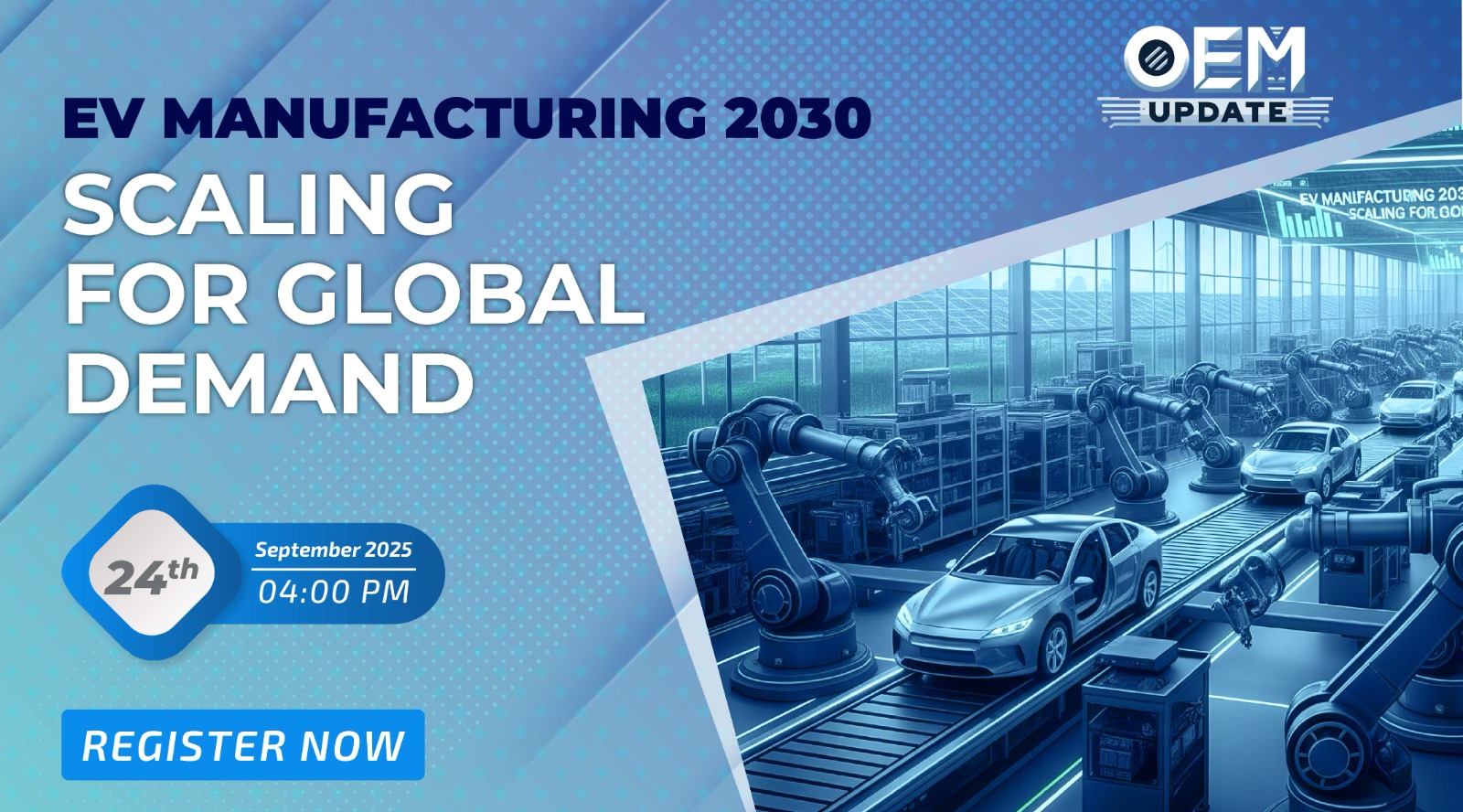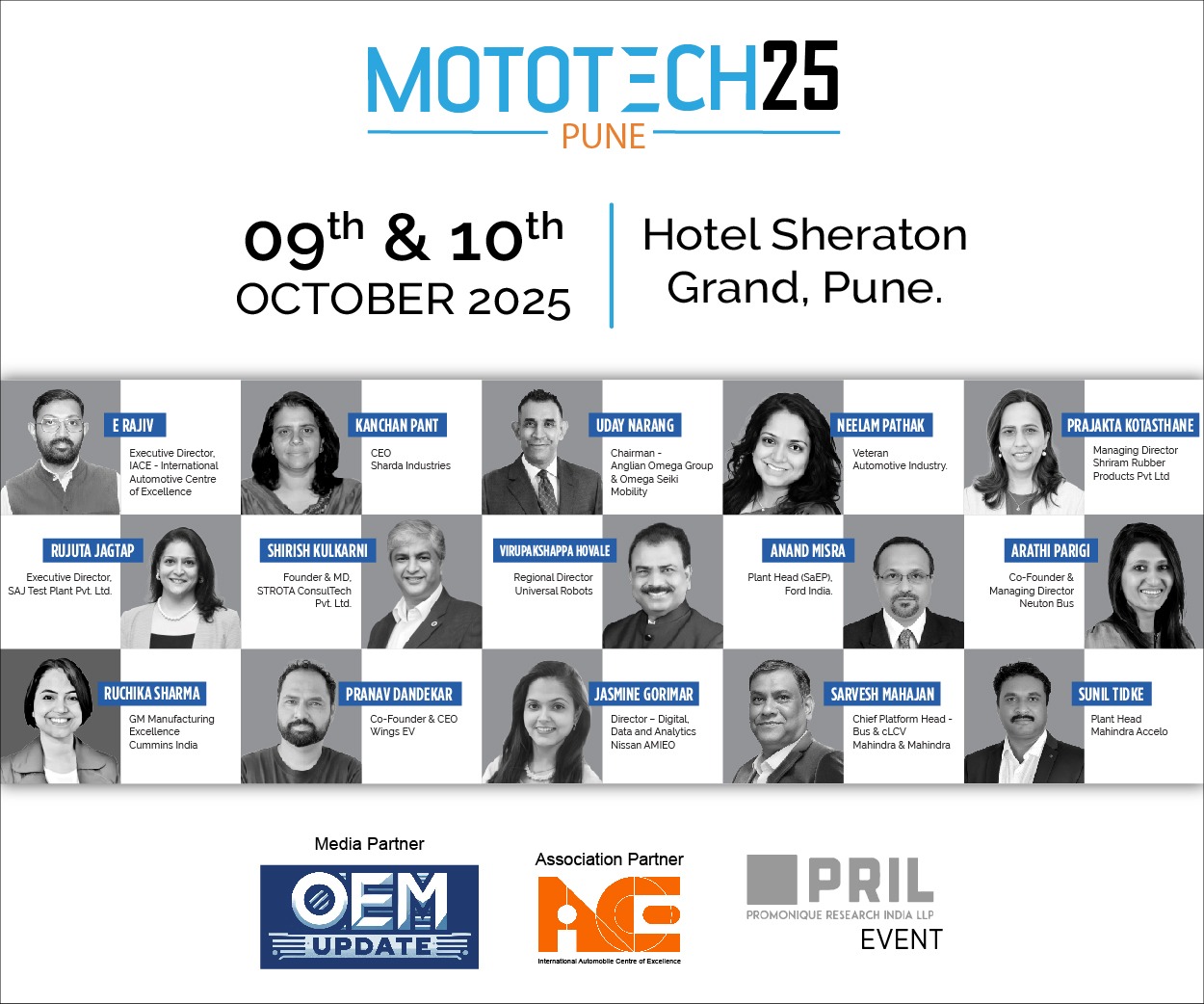Predictive maintenance with advanced instrumentation
By Staff Report October 9, 2024 6:44 pm IST
Organisations are constantly trying to improve their efficiency and save costs. Predictive maintenance through advanced instrumentation uses sensors, IoT, and data analytics to predict equipment failures and reduce downtime.
The industrial solutions offered in the world of instrumentation are fast-evolving and growing. Moreover, there is a new demand for products and solutions due to rising issues. In this scenario, companies must attain operational excellence, boost efficiency, and minimise downtime. Predictive maintenance through advanced instrumentation is one of the most efficient methods that can help achieve this goal.
It has become common to see many industries moving towards smart manufacturing for predictive maintenance. This is because it offers an opportunity to avoid unplanned equipment failure and asset durability and helps reduce expenses. These advanced sensors and instrumentation are helping industries predict probable failures before they happen to maintain continuous operation and attain substantial cost benefits.
Advanced instrumentation for predictive maintenance
Vital data for predictive maintenance is gathered from machines through sensors and analytical tools. In real-time, these instruments measure several factors, including vibration, temperature, pressure, and flow rates. The collected data is processed, and further algorithms are applied to forecast equipment wear and tear. Users can make the required corrections as soon as possible.
WIKA India has successfully positioned itself in this domain, offering various products, including pressure, temperature, flow, and other related products. Some of the common tools that are used in predictive maintenance are:
Temperature sensors usually detect rising temperatures in important parts of equipment such as motors, pumps, and bearings. Since temperature rise is one of the earliest signs of failure in equipment, the maintenance teams can interfere if any unusual temperature is recorded before the complete breakdown of the machine.
Pressure and flow: These sensors are majorly applied in oil and gas, chemical and manufacturing industries. They help identify any blockages, pressure and flow leaks or the improper functioning of safety valves. They capture any variance in the operating pressures or flow rates and give signals accordingly.
WIKA India’s pressure and flow sensors include pressure transmitters, pressure sensors and air flow meters, to name a few.
IoT connectivity and data analytics: Technological advancements such as IoT sensors transmit data to cloud-based platforms in real-time. This is where advanced analytics and machine learning algorithms handle the data to identify patterns, trends, and potential risks. This technology allows predictive maintenance to move into a predictive realm where insights suggest the best action to prevent them.
Benefits of Predictive Maintenance
Overuse of predictive maintenance as opposed to traditional approaches has the following advantages. Some of these include:
Reduced downtime: When equipment failure can be predicted, excessive downtime can be minimised. Maintenance teams can then schedule interventions during downtimes or low operations productivity to decrease disruption.
Cost savings: Predictive maintenance can save costs in several ways. For example, it can eliminate random equipment breakdowns that may lead to extensive repair or replacement costs. Secondly, it eliminates unnecessary maintenance work that represents preventive maintenance schedules. Lastly, it also helps to reduce the capital expenditures on equipment and machinery by extending their life.
Increased asset life: Predictive maintenance helps maximise the lifespan of any equipment. This is possible by identifying small problems before they turn into big ones, thereby increasing the lifespan of the machinery and ensuring that the assets are utilised to their full potential.
Improved safety: If equipment fails, its efficiency will likely be reduced. It will also pose severe safety threats across segments, including oil and gas, chemical processing, and manufacturing. Predictive maintenance can help by minimising the occurrence of failures that can cause critical dangers and hence, allow the implementation of several techniques to improve the safety of employees in the working environment.
Improved resource allocation: This holds because predictive maintenance enables the efficient use of available maintenance resources. In this case, it is easier for the teams to work on equipment which they know has started to degrade instead of doing general repairs. Such a strategy helps minimise unnecessary labour expenses and creates focus on various important activities.
Sustainability and energy efficiency: Predictive maintenance assists in attaining sustainability objectives as it improves plant assets’ efficiency and, therefore, decreases energy use. When equipment is maintained, it works more efficiently, uses less power, produces less scrap, and has fewer breakdowns. This reduces the demand for spare parts in vehicles or other equipment that may have been affected by the storm.
The future of predictive maintenance
Predictive maintenance is a relatively new concept, but it is growing fast. AI and machine learning algorithms are increasingly used in predictive maintenance. As these algorithms get better at detecting and deciding patterns, the increase in the usage of IoT-connected sensors makes predictive maintenance appealing to large and small companies.
WIKA India continuously embraces new technologies and innovations that benefit and support growth. Predictive maintenance is expected to transform industries by reducing overall downtime more often, coupled with cost reduction and improvement of general productivity. As the tools and methods of instrumentation and analysis become advanced, predictive maintenance will become a survival requirement in intelligent organisations.
Cookie Consent
We use cookies to personalize your experience. By continuing to visit this website you agree to our Terms & Conditions, Privacy Policy and Cookie Policy.














